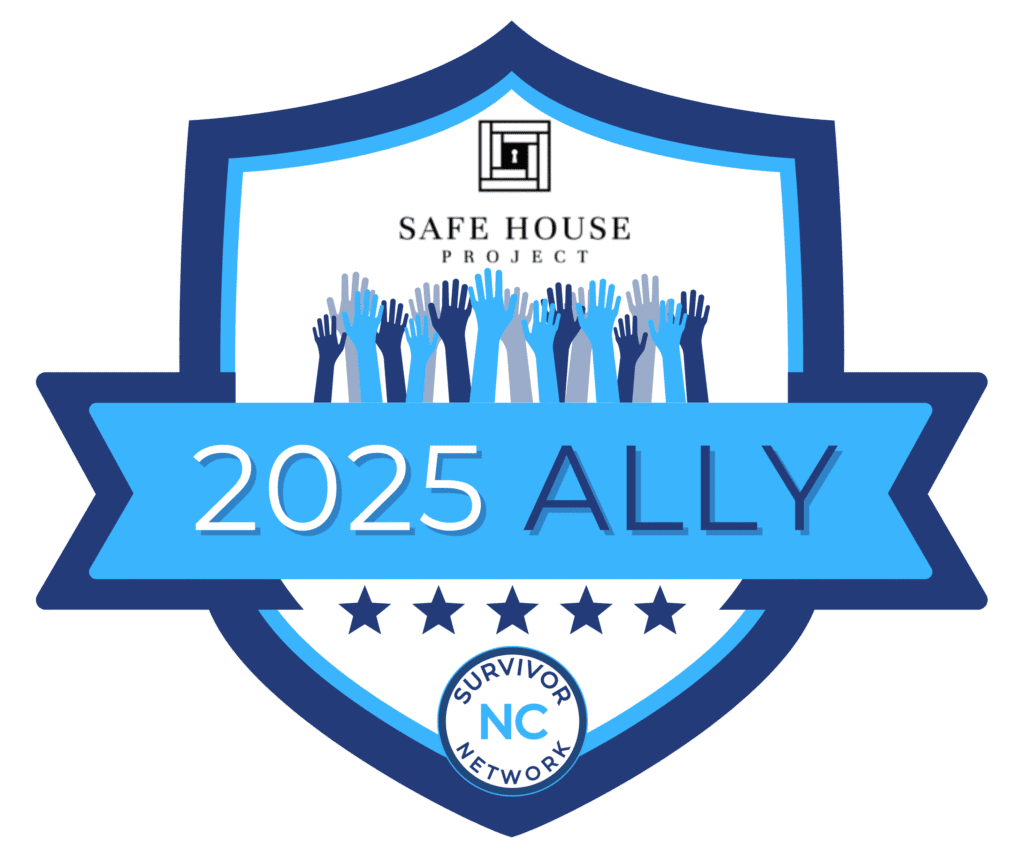For many survivors of human trafficking, residential programs are one of the first steps toward safety and healing. These programs, often designed around a congregate care model, offer structure, supportive relationships, and therapeutic care within a shared living environment. In theory, they provide consistency and community, which are essential building blocks for survivors to build stability and self-sufficiency. In practice, the survivor experience inside these spaces can vary widely.
To ensure congregate care supports rather than derails healing, programs must prioritize flexibility, individual dignity, and mutual trust. How these spaces are set up can either deepen a survivor’s sense of safety or reinforce the dynamics of control they are trying to leave behind.
The Limits of Congregate Care
Residential models for trafficking recovery care are not a one-size-fits-all solution. Healing is not a linear process, and it certainly is not universally experienced. For some survivors, the presence of others in close quarters provides comfort, a sense of belonging due to shared experiences, and daily support. For others, being constantly surrounded by people, especially strangers, can feel overwhelming, or even triggering. Many survivors are able to navigate their own healing journey without participating in structured residential care programs, especially when they are able to access external resources in their own community.
Programs that offer non-residential options, such as scattered-site housing and transitional access to therapeutic care, avoid these damaging assumptions that all survivors need or want communal living. When survivors are given the opportunity to choose how and where they heal, it opens doors for meaningful engagement in systems of care. A survivor’s participation in trafficking recovery care should affirm their agency and ability to make good decisions, not another space where control is removed.
Centering Survivor Perspectives
Many congregate care programs are designed by leadership and staff who do not live in them or have lived experience with human trafficking. Even with the best intentions, this distance from the survivors’ reality can result in care environments that feel overly structured, inflexible, or disconnected from their needs. Survivors are often expected to adapt to systems that were not designed for their real needs for support, leaving them feeling dismissed or disempowered when their experience in the program doesn’t align with what program staff believe is best for them.
Programs thrive when survivors are invited into the design, which is often best accomplished by including survivor leaders in the development process. This means not only listening to their feedback on current practices but also allowing their expertise to shape policies, routines, and expectations. Survivor-informed environments are more adaptive, more respectful, and ultimately more effective. Centering the voices of survivor leaders communicates to survivors entering the program that they can and should be active participants in their own healing journeys.
Making Structure Work
Clear programmatic structure is often considered a key element of trauma-informed care, and when implemented thoughtfully, it can be highly impactful for survivors as they build stability. Survivors can benefit greatly from predictable routines and straightforward expectations, especially as they move out of survival mode and the chaos of trafficking situations. However, structure alone is not enough to create safety. When rules are rigid, unexplained, or inflexible for personal needs, they can result in control rather than support.
After a trafficking experience, survivors are constantly evaluating whether they can trust their environment and whether their needs are going to be acknowledged and met. A primary question for many survivors is whether they are free to say no at all. In these circumstances, effective structure in trafficking recovery programs must balance consistency with individual autonomy, making sure that survivors feel supported while helping them establish helpful rhythms and stability. These programs create space for the setbacks inevitable in non-linear healing and are responsive to the evolving needs of survivors over their time in the program.
Supporting the Whole Person
Trafficking survivors bring their full selves into congregate care settings — their sense of identity, personal history, cultural backgrounds, family roles, and spiritual beliefs. For these programs to be truly supportive, they must do more than treat the symptoms of trauma and meet survivors’ basic needs. They must create space for the complexity of each individual survivor. Healing happens most effectively in environments where survivors are seen not only as people who have experienced harm, but also as parents, community members, and cultural individuals with deep personal identities.
- Parenting Support
Many trafficking survivors are also parents, but few congregate care models are designed to accommodate their children or pregnancy. Survivors are often forced to choose between receiving critical services or remaining with their kids — an impossible decision that undermines both healing and family stability.
To address this gap, congregate care programs should:
- Include parenting resources in their core services, such as access to childcare, parenting education, and trauma-informed supports specific to the needs of mothers and children.
- Offer housing options that support family living.
- Train staff to respond to the needs of both survivors and their children, with special attention to the ways trauma can affect parenting, attachment, and child development.
- Develop policies that support, rather than penalize, the additional pressures and complexity of parenting as a trafficking survivor.
- Cultural Inclusion
Inclusion also extends to cultural identity. When programs fail to reflect the racial, cultural, or ethnic diversity of the survivors they serve, it sends an implicit message about who belongs. This can be as subtle as not providing appropriate hair or skin care, or as obvious as being the only person of their background in the program or on staff.
Care that affirms cultural identity should include:
- Representation in staffing and leadership whenever possible, which helps survivors feel understood and welcome in the program.
- Access to culturally appropriate food, hygiene items, and language support.
- Respect for diverse family structures and customs, allowing for flexibility in routines, celebrations, and communication styles that vary across cultures.
- Program content that respects multiple cultural perspectives, such as materials, media, and activities that are not rooted in a single cultural narrative.
- Willingness to adapt and learn, recognizing that no program can be perfectly representative but all can be teachable and responsive.
- Faith & Spiritual Autonomy
Many congregate care programs have foundations in certain religions or faith traditions. For some survivors, spirituality is a vital part of their healing. For others, especially those who experienced spiritual abuse or manipulation during exploitation, faith may be a source of pain or distrust.
Programs can support spiritual healing without coercion by:
- Always making faith-based activities optional, ensuring that participation is never a condition for receiving services or progressing in the program
- Creating space for exploration, questions, or distance from religion.
- Respecting each survivor’s personal beliefs without pressure to conform, including those with no religious beliefs or those practicing less-represented faiths.
- Equipping staff to navigate spiritual care with humility, including recognizing the difference between offering support and imposing belief.
- Providing access to spiritual or cultural leaders when requested.
Building Lasting Healing
Congregate care can play a meaningful role in a survivor’s healing journey, but its true success lies in how well it prepares survivors for long-term independence. Programs should build toward this from the start by teaching practical skills, increasing autonomy, and offering continued support after exit. When programs center survivor voices and foster trust, they create more than temporary shelter. They offer a foundation where survivors can build stability, reclaim identity, and move forward with confidence.
To learn more about survivor experiences in congregate care, watch Safe House Project’s webinar Inside the Experience: Understanding Life in Congregate Care Settings.








